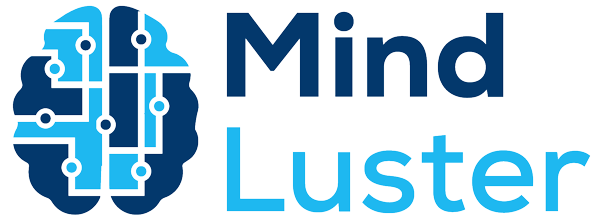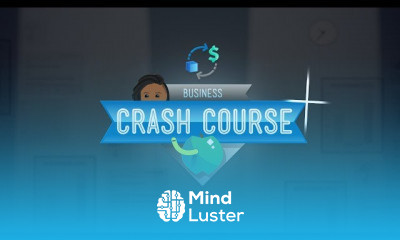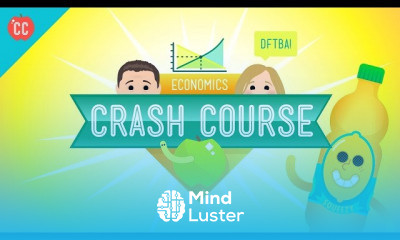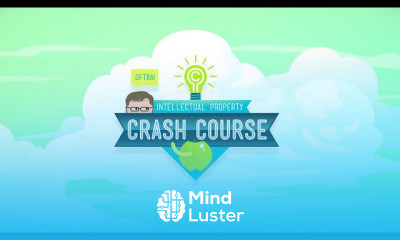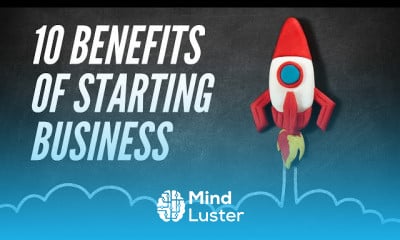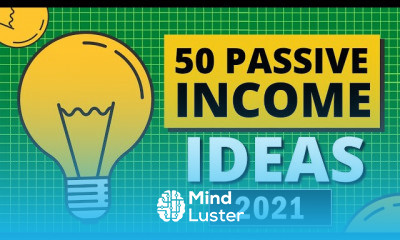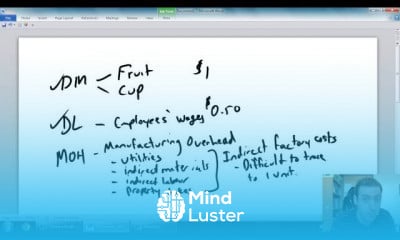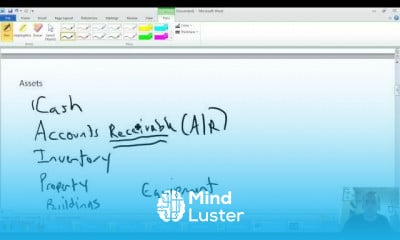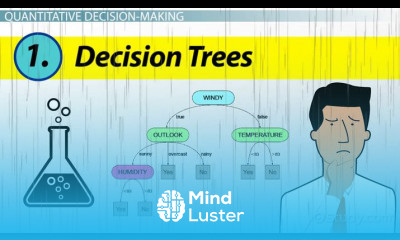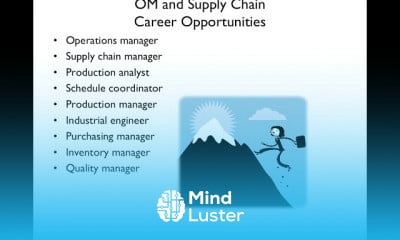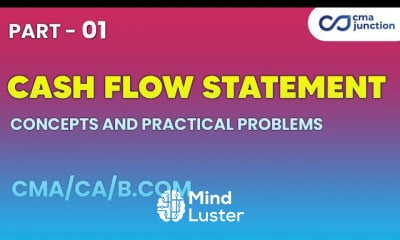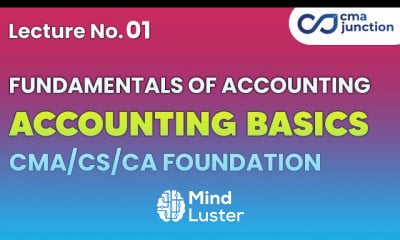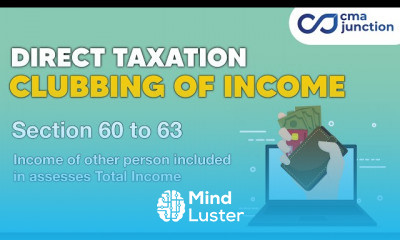Position Classification and Management
Share your inquiries now with community members
Click Here
Sign up Now
Lessons List | 108
Lesson
Show More
Lessons
Comments
Related Courses in Business
Course Description
What is human resource management in public service?
The applicability of HRM to the public sector is examined and discussed. Human Resource Management has as its central focus, 'managing people within the employer – employee relationship' and involves marshalling the productive capacity of an organization's members
What are the 7 roles of human resource management?
Human Resource activities fall under 7 core functions: Recruitment and Selection, Training and Development, Performance Management, Employee Relations, Employment Law and Compliance, Compensation and Benefits and Administration, Payroll & HR Systems.
Human Resource Management (HRM) is the lifeblood of most companies. The primary role of the HR department is to invest in an organisation’s human capital, implementing a range of activities that enables them to deliver the most efficient and effective economic output.
Human Resource activities fall under 7 core functions: Recruitment and Selection, Training and Development, Performance Management, Employee Relations, Employment Law and Compliance, Compensation and Benefits and Administration, Payroll & HR Systems. Within each of these functions are a wide variety of activities that HR personnel are responsible for.
What are HR Functions?
HR functions are the main responsibilities of the HR department within a business. Falling under each of these core functions are a wide range of activities that are all linked by a concern for employee well-being balanced with a company’s needs. HR departments implement these activities to ensure organisations treat employees in a way that provides mutual benefit for both the employee and the overall business goals.
What are the 7 Core HR Functions?
Recruitment and Selection
Recruitment and selection is a fundamental function of HR. It involves identifying the need for a role, writing up job descriptions, defining the requirements of the role and the skill set of the right candidate, setting salary budgets, advertising to the right people, screening, interviewing, and selecting the best person for the job.
It might seem straightforward but this function is not just about finding people to fill roles. If done correctly, by clearly defining job specifications and specifying the employee profile, placing the perfect candidates in the right positions can profoundly affect employee retention and create a happier workforce.
The recruitment process often includes “Onboarding,” also known as organisation socialisation, which is usually facilitated and overseen by HR personnel. This is where new employees acquire the necessary skills, knowledge, and behaviours to become effective members of their team.
Training and Development
HR Training and development is vital for addressing skill or training deficits among employees and providing them with the necessary tools to strengthen their skill sets, improve their confidence, and perform more effectively. Employers who invest in their workforce in this way see distinct increases in employee satisfaction and morale. They are seen to be valued and supported and more likely to feel motivated in their roles.
Training employees also provides benefits to a company. Investing in an employees’ development encourages employee retention and keeps recruitment costs to a minimum. It also makes your company more attractive to potential recruits who seek to improve their skills and provides them with more opportunities.
Training is also important for industry changes and innovation, keeping employees on top of the latest developments sustains the organisation as a leader and top competitor in its field.
Performance Management
Performance management is usually facilitated by Human Resources with the help of line managers. It is a tool to monitor progress and evaluate employees’ work, attitude, efficiency, and effectiveness.
A good performance management process includes quarterly or annual appraisals or performance reviews. These enable one on one communication between employees and line managers to set clear individual goals and team goals that align with the strategic goals of the organisation.
Performance management is an ongoing process that can include a variety of integrated activities to form a performance management cycle. This includes planning by setting SMART (specific, measurable, achievable, relevant, and time-bound) objectives and a Personal Development Plan to achieve said goals, reviewing and assessing the progress of these plans, and developing the knowledge, skills, and abilities of people to reach their goals.
Employee Relations
There are two primary functions when it comes to Employee Relations (ER). Firstly, HR helps prevent and resolve problems or disputes between employees and management. Secondly, they assist in creating and enforcing policies that are fair and consistent for the whole workforce.
Good relationships lead to increased employee well being. Employee Relations is a term that refers to an organisation’s efforts to create and maintain positive relationships between employees and their employers. ER is integral for organisational performance, loyalty among staff members, and improved engagement. It relates to line managers and their team members, both individual and team relationships. Additionally, it refers to contractual and practical relationships, as well as the personal and emotional dimensions of these relationships.
ER usually falls under the wing of HR personnel and involves them acting as a liaison or intermediary between employees and managers. They also create and implement policies for employee issues such as fair compensation, reasonable working hours, work life balance, and useful benefits, among others. Whistle blowing and disciplinary procedures also fall under employee relations.
Employment Law and Compliance
Every HR practitioner should stay familiar and up to date with employment law and ensure the organisational policies, procedures, and benefits comply with the latest laws. Employment law is the legal framework within which the organisation must operate. There are a wide range of laws and regulations that cover a myriad of human resource practices such as recruitment, performance management, employee relations, compensation, and health and safety.
Though one of the most complex and critical functions of HR, rigorous adherence to the relevant employment laws can help avoid any legal complications. Employers and their staff can ensure that their processes are fair for all parties involved, while also helping to eradicate discrimination and promote equality in the workplace.
Compensation and Benefits
Compensation and benefits is likely every employee’s favourite HR function. Compensation is the basic salary that is agreed upon with each employee. Company benefits offered to employees can range from pay raises linked to appraisals, social security, pensions, private health insurance, longevity perks, corporate discounts, paid holidays, paid sick leave, childcare facilities, profit sharing, gym membership, and many more depending on the priorities of the company and its employees.
Company benefits are a way to attract, retain, and reward employees. Job satisfaction is directly linked to motivation, efficiency, and employee productivity, so a good set of company benefits can increase morale and motivation in the workplace.
Administration, Payroll & HR Systems
Developing systems, maintaining employee data, calculating taxes, prorating working hours and holidays, and paying salaries are some of the administrative duties that usually fall under HR. Some larger organisations may have a separate payroll team that works together with the HR department.
HR administration is generally the first role HR professionals take on in their careers and it is essential to understanding the rest of the HR functions. As they say, the devil is in the details; without the meticulous data input, filing and information gathering, none of the other functions would be possible.
Trends
Learning English Speaking
MS Excel
English greetings and responses
Creating bitmap images from scratch
Python programming language
Excel skills for busines intermediate
Excel Course Basic to Advanced
AI with IBM Watson
Sistemas Operativos
AI fundamentals for beginners
Computer Science and Cybersecurity
Draw Faces for Beginners
English Language
Photo Editing
Project Management Fundamentals
Creating a business marketing brand
Informatica PowerCenter
Computers skills
Computers skills
Excel Power Query in excel for beginners
Recent
ISTQB advanced test analyst 2024
ISTQB exam registration guide
ISTQB test automation engineer certification
ISTQB agile technical tester 2024
ISTQB technical test analyst 2024
ISTQB mobile application tester 2024
ISTQB performance testing fundamentals
ISTQB test manager certification
ISTQB automotive software tester 2024
ISTQB certification in software testing
ISTQB foundation certification questions
Software testing bootcamp for beginners
ISTQB AI tester
ISTQB test automation engineer v2 0 exam
ISTQB foundation level exam practice
ISTQB Foundation level exam
ISTQB Agile tester practice questions
Health benefits of swimming
Swimming basics for beginners
breathe while swimming for swimmers
